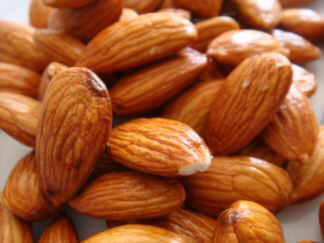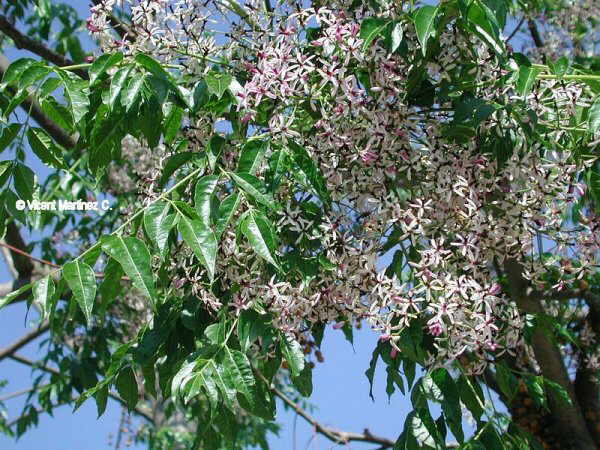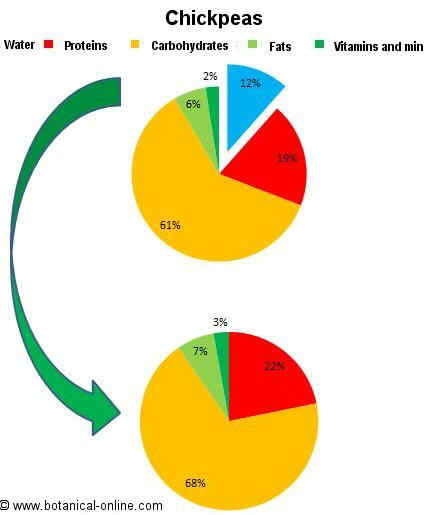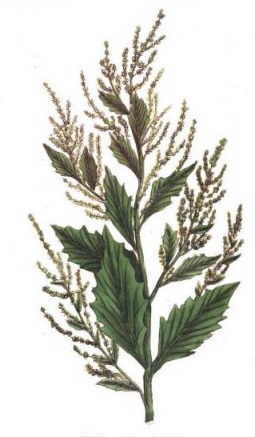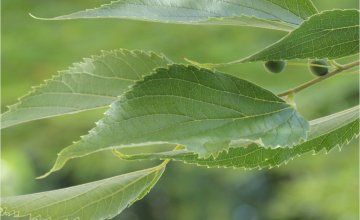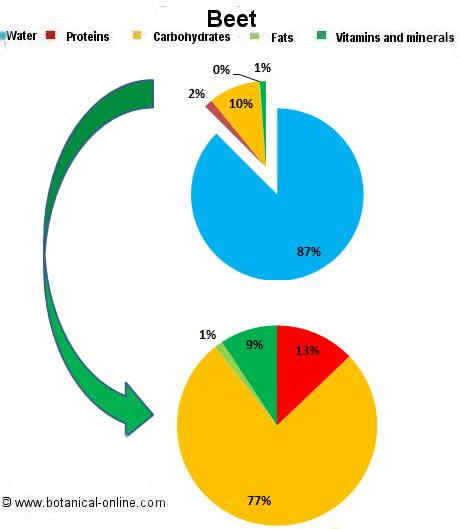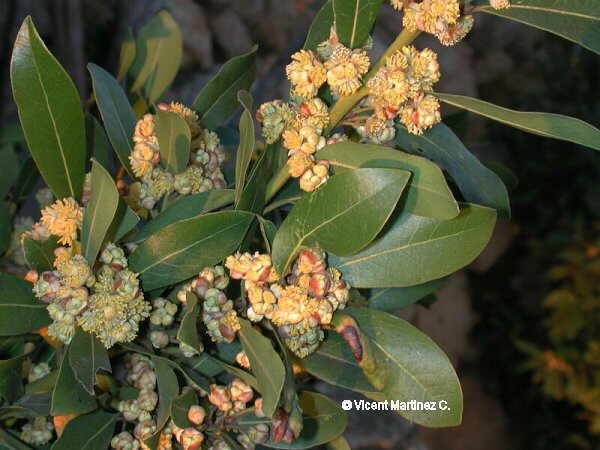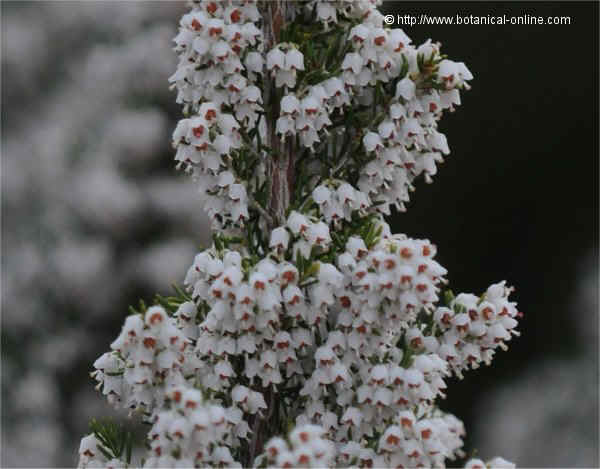Contents
- 1 Are chickpeas suitable for babies and children
- 1.1 ARE CHICKPEAS GOOD FOR BABIES?
- 1.2 Can babies eat chickpeas or are they contraindicated?
- 1.3 Recommendations for introducing chickpeas
- 1.4 Remove external skin
- 1.5 Risk of choking
- 1.6 How to cook chickpeas for babies and toddlers?
- 1.7 What does it mean to eat chickpeas?
- 1.8 Is it good for babies and toddlers to eat lots of chickpeas?
- 1.9 Do chickpeas produce flatulence or colic to babies?
- 1.10 How can we diminish flatulence in babies and children?
Are chickpeas suitable for babies and children
ARE CHICKPEAS GOOD FOR BABIES?
Can babies eat chickpeas or are they contraindicated?
Chickpeas are the first legumes that are given to babies, but their introduction must be very slow and careful, as will be explained below.
Following the food introduction table, children should not eat legumes before 13 months to prevent food allergies.
Therefore, chickpeas can be introduced at least are 1 year old .
Recommendations for introducing chickpeas
Legumes in general should be introduced in small quantities and peeled (the outer skin removed) to see how the child’s digestive system reacts. Chickpeas must have been long soaked and very cooked, to improve their digestibility.
They are introduced gradually, increasing the amount progressively, to allow time for the digestive system and intestinal flora of the child to adapt to this new food.
Photo of garbanzos
Remove external skin
In younger children it is advisable to remove the skin that covers the chickpeas to avoid that they produce many gases. A food mill can be use to remove it.
Risk of choking
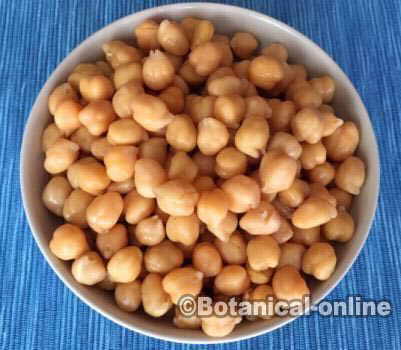
Cooked chickpeas dish
Whole chickpeas will never be given to young children because they are very large grains and have a high risk of producing choking if they are not chewed properly. Therefore we will always give them crushed or in purees.
How to cook chickpeas for babies and toddlers?
It is necessary to put the chickpeas to soak for at least 15 hours and give them a long baking. Soaking serves to eliminate legume antinutrients (saponins, protease inhibitors, amylase inhibitors, phytates, etc.).
What does it mean to eat chickpeas?
For young children, eating chickpeas is especially useful to introduce this food, its taste, texture, color, and to to achieve its future acceptance in the diet.
Drawing by courtesy of © Dibujosparapintar
Later on, chickpeas are very energetic and nutritious, providing the energy they need to grow, proteins, B vitamins and minerals (potassium, phosphorus, magnesium and calcium, iron and zinc).
Is it good for babies and toddlers to eat lots of chickpeas?

Father reading with his son
Young children do not need to eat many chickpeas, but, as they grow older, it is interesting that they are consumed habitually.
The energy, protein, vitamins and minerals requirements of infants and toddlers are much lower than the adult’s needs.
Therefore, a child should never eat as much as an adult ration, but enough with a handful or two of chickpeas, and increase the amount with age.
Nor should it be forgotten that the infant’s main food during early childhood is breast milk, which already provides them with proteins, B vitamins and all essential nutrients (the mother’s diet improves the quality of milk).
Do chickpeas produce flatulence or colic to babies?
Legumes often produce many gases because of their content in oligosaccharides and fermentable fibers. However, chickpeas usually have few of these components compared to other legumes.
Also, chickpeas can be a very flatulent food for young children and therefore it is recommended to introduce it in small quantities, mixed with potatoes, carrots or white rice.
How can we diminish flatulence in babies and children?
Some plants are indicated to reduce cramps and gases, are the so-called carminative plants. These relax the intestinal musculature and help to eliminate gases. The main ones are: turmeric, fennel, cumin, anise and caraway.
Use them in very little amount (children should never take the same dose of plant as an adult, since they have a much lower weight).
![]() More recipes and information on chickpeas
More recipes and information on chickpeas

